The Hidden Sugar in Healthy Kids’ Food
Sugar is hidden in the foods you would least expect it, like cereals, for instance!
This can be concerning for parents looking to prevent kids’ cavities before they multiply. Sugar in kids’ food items is a leading reason why kids have cavities. It’s why parents must monitor their children’s diets and be alert to hidden sugar in ‘healthy’ foods marketed for kids.
Dentists like Dr. Alexander Heifitz, founder of 65 Broadway Dental, offer parents advice on which foods to avoid giving to children for better dental health. This is crucial because dental health affects overall health in many ways. Parents will need to use their discretion and identify dangerous foods.
This blog helps parents identify foods with hidden sugar and suggests better alternatives.
What are the High Sugar Foods to Avoid Feeding to Children?
Sugar-laced foods are nothing new. They’ve created a million-dollar industry globally, especially in the USA.
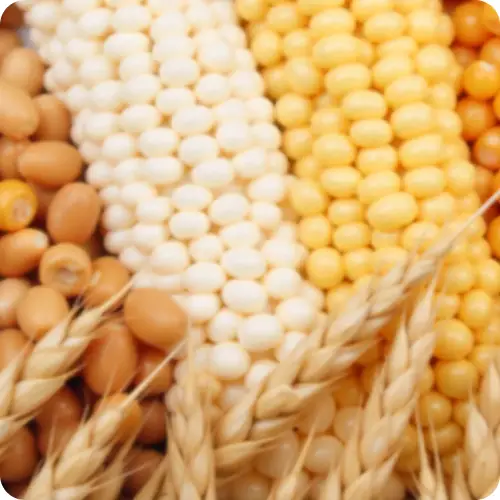
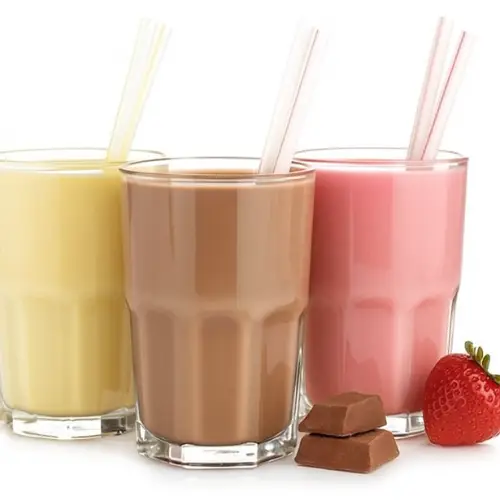
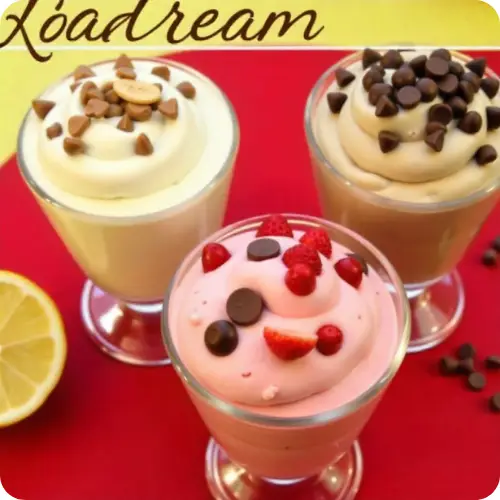
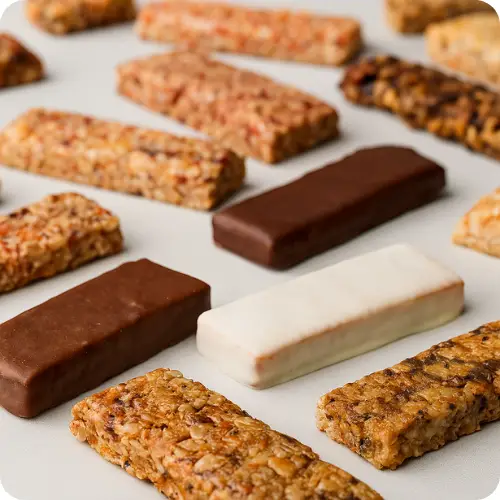
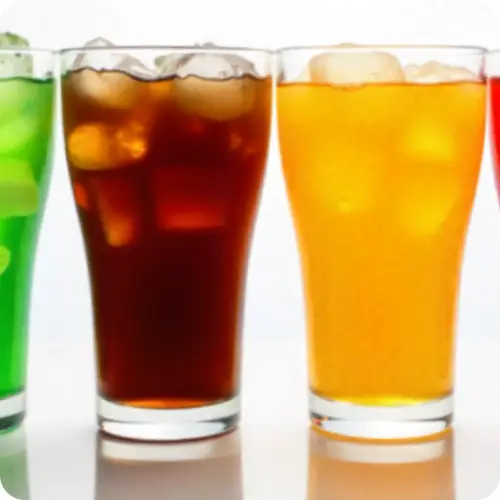
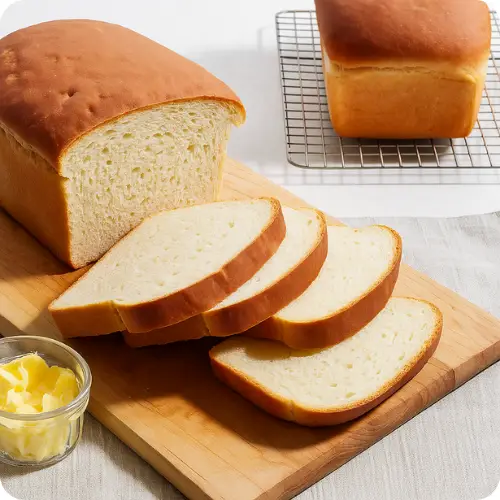
1. Cereals
Cereals are the biggest source of hidden sugar in kids’ food. Especially those advertised as ‘healthy’ kids’ cereals. Yes, this includes your Fruit Loops, Captain Crunch, and other cereals targeting kids as their consumers.
They contain sugars, colorants, and other items to make them more appealing to children. They have as much as 3 times as much sugar as regular cornflakes!
Don’t feel too bad about it, as every parent falls for this ‘healthy’ breakfast option. The extent of the damage caused by daily cereal intake may only be known after oral exams.
“Parents often overlook flavored yogurts and cereals, yet they can pack more sugar than candy or desserts. Your best option to save their teeth is finding a substitute.”
— Dr. Alexander Heifitz, founder of 65 Broadway Dental NYC
2. Juices & Sodas
Not all fruit juices are 100% juice; in fact, some barely contain any fruit juice! Parents need to be careful about what their children drink.
A few glasses of juice a day will easily exhaust your child’s daily sugar ration. Even then, 100% fruit juice still isn’t as harmless as you think it is.
These liquids contain natural acids that eat away at the enamel on teeth. With time and constant consumption of acidic juices, children’s teeth become damaged and decayed. This may lead to your child needing dental cleaning to remove plaque and tartar.
If your child is scared of the dentist or has never been for a dental appointment, you can prepare them with our blog: What happens during a dental cleaning?
3. Flavored Yogurts
Yogurt is usually a healthy snack for everyone to eat. That is the case when buying Greek yogurt or low-fat options.
However, the flavored alternatives don’t just have extra coloring; they contain added sugar! Yogurt-containing drinks such as smoothies may contain just under 45 grams per 20 ounces!
It’s hard to imagine that a cup of flavored yogurt could be the best way to start your day.
4. Sauces
Who thought a dining table staple could be a culprit of hidden sugar in kids’ food? Ketchup has been a common food accompaniment, but it may be time to substitute it.
And, it’s not just ketchup. Other sauces, such as applesauce and barbecue sauce, are laden with hidden sugar.
If your child enjoys a side of sauce with everything they eat, they could need composite fillings soon. Hidden sugars from everyday foods can accelerate tooth decay in children.
5. White Bread
We won’t judge you for not knowing white bread is a bad refined carbohydrate! It means that it’s overprocessed, so all the good stuff is removed.
This leaves nothing but “empty calories” that quickly turn to sugar and provide no benefits. Supermarket white bread is the worst food to give your child for breakfast.
These breads also stick to the teeth when eaten. It creates yet another danger to teeth, as these carbohydrates can cause tooth decay.
6. Flavored Milk
Parents use flavored milk as a quick refreshment or as a school lunch drink. These dairy-based drinks are far from the ideal food for kids. Flavored milk is a great example of hidden sugar in kids’ food.
Manufacturers usually add coloring and a large amount of sugar to keep children ‘hooked’. These sugars wear away at the enamel of teeth, causing early signs of tooth decay.
If caught early enough, parents can seek Fluoride treatments to strengthen teeth and delay cavities. However, this only works if parents adjust their child’s diet and oral care practices.
Whole milk is essential for building strong bones. But chocolate milk is no replacement with its 4.7 grams of extra sugar.
7. Health Bars
Health bars are perfect, portioned, and nutritious. Well, almost perfect! These bars, although advertised as ‘healthy,’ possess hidden sugars, syrups, honey, and sugar.
While they do contain healthy grains, nuts, and dried fruits, they also contain sugars. Well-concealed sugar could easily be missed by parents, which is why reading labels is vital.
8. Packaged Snacks
Packaged “kids” snacks have a secret ingredient: sugar. Everything from Twinkies to Pop-Tarts and Rice Crispies Treats has an abundant amount of sugar.
Basically, anything that’s packaged is risky! They include the sugars on the nutrition facts label and some other unrevealed ones.
It’s the tactic used to get children addicted to sugar and their packaged products.
List of Foods with High Sugar Content
Parents looking to reduce their child’s intake should avoid these foods and those related to them.
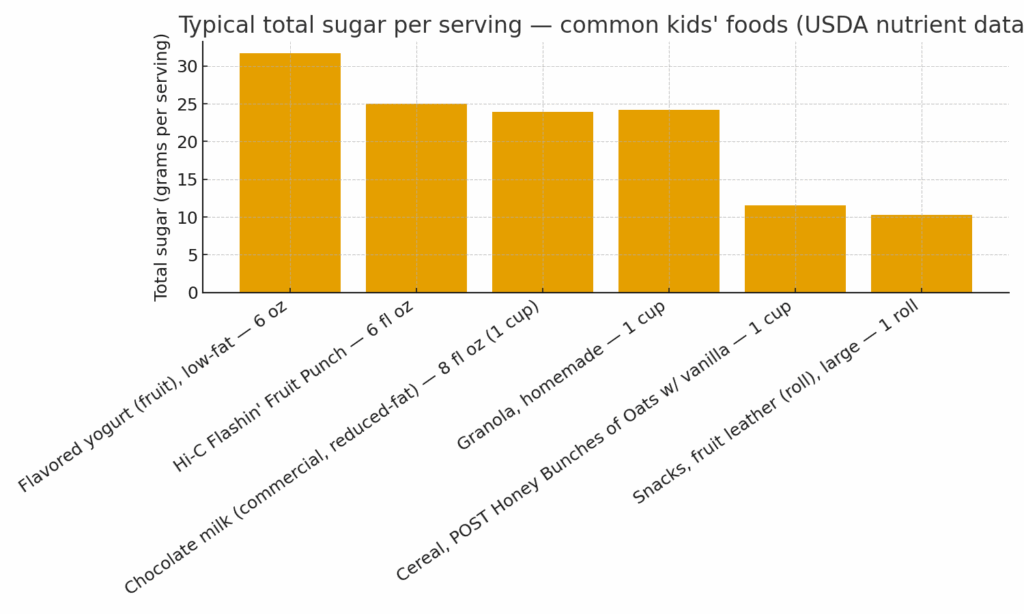
What is the Ideal Sugar Intake by Age for Children?
Parents who are unsure about what amount of sugar to give their child, this chart will help.
| Age | Boys (g/day, max) | Girls (g/day, max) |
|---|---|---|
| Infants & Toddlers (0-24 months) | 0 | 0 |
| 2 – 3 years | 25 | 25 |
| 4 – 8 years | 35 | 35 |
| 9 – 13 years | 50 | 45 |
NOTE: According to the CDC and Dietary Guidelines for Americans, children younger than 2 years old should not consume added sugars.
In all cases, the US government and its health department recommend sugar intake of less than 10% of your total calorie intake.
It makes it vital for parents to stay alert to what their kids are eating. Not just what they eat but how much of it they eat requires monitoring.
What are the Signs Your Child Is Eating Too Much Sugar?
The signs of excessive sugar consumption in children won’t be too hard to miss. When they appear altogether, there’s no mistaking sugar as the cause. The most common signs are:
- Cavities (tooth pain, holes in teeth, or changing appearance of teeth)
- Weight gain (or obesity)
- Sluggish behavior
- Hyperactivity
- Moodiness
- Depression
- Constant sugar cravings
- Anxiety
If you’re witnessing mood and activity changes in your child, their diet is to blame.
What are the Effects of Sugar on Children's Behavior?
There is much discussion about how excessive sugar intake can affect a child’s behavior. Some put hyperactivity down to sugar intake, but studies haven’t been able to prove it.
There are, however, conditions that can arise with long-term overconsumption of sugar in any form. These conditions can include:
- Diabetes
- Obesity
- Cardiovascular disease
- Sleep apnea
Most of these issues are lifelong and can be fatal if not managed appropriately. The link between sugar and hyperactivity is more complex, with experts unable to make a direct link.
Even then, they can’t eliminate the small chance of effects on small subsets of children.
What Foods are on the No Sugar Food List?
Certain foods fall under a special category known as “no sugar foods.” These are the healthiest foods containing zero to minimal quantities of sugar. The list includes the following:
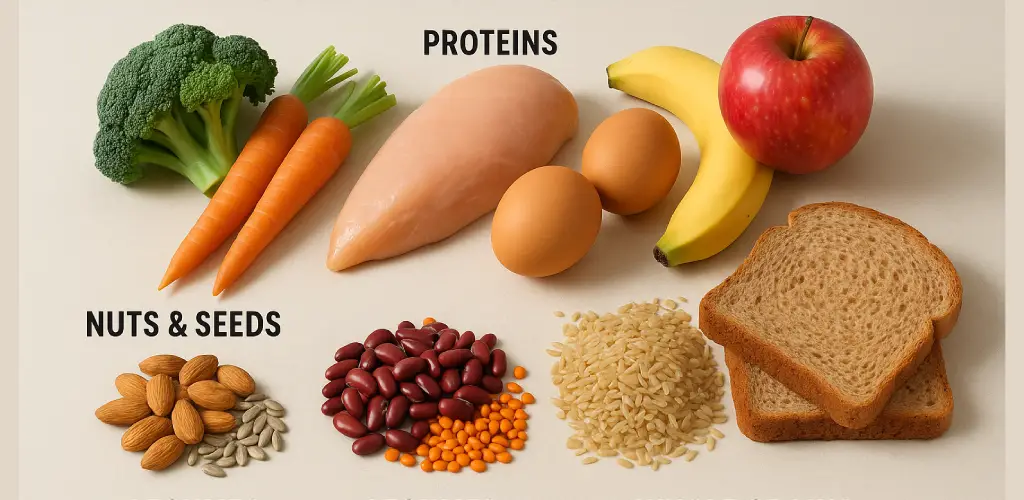
Vegetables
Most vegetables are low in sugar, but a few categories are the most ideal.
- Cruciferous vegetables: Spinach, lettuce, and kale.
- Leafy green vegetables: Cauliflower, brussels sprouts, and broccoli.
- Others: Bell peppers, asparagus, radishes, eggplant, and zucchini.
Proteins
Adopting more proteins with vegetables will help keep children full. Thereby, reducing their tendency to snack on sugary snacks. Protein options that are free of sugar include home-cooked:
- Dairy: Yogurt and cheese
- Eggs
- Fish and Seafood: Tuna, shrimp, and salmon.
- Meat: Turkey, chicken, beef, pork.
Fruits
While fruits have natural sugars, consuming them in limitation isn’t harmful. The best fruits to give your children are:
- Green apples
- Avocado
- Berries: Blackberries, raspberries, and strawberries.
Nuts & Seeds
Natural nuts and seeds are the ideal snacking option for children. They can add healthy fats to a child’s diet.
Nuts: Walnuts, pecans, macadamia nuts, and almonds.
Seeds: Pumpkin seeds,
Legumes
All legumes are high in protein and fiber, and are a great core meal item. The best ones to add to your child’s diet are black beans, lentils, and kidney beans.
Whole Grains
They aren’t exactly ‘no sugar, but low sugar grain foods are oatmeal, porridge, and wheat bread. These are perfect alternatives for baked items made from refined carbohydrates like white flour bread, pastries, and donuts.
What is Free Sugar?
Also known as added sugars, they represent the sugar content added during food processing or packaging.
Alternatively, free sugars refer to the sugar content present in foods or drinks in unprocessed form.
“While Added/Free Sugar seems harmless at first, it adds up when consumed in high amounts, accelerating tooth damage in children.”
— Dr. Alexander Heifitz, founder of 65 Broadway Dental NYC
The best way to explain this is while discussing fruit. While whole, their sugars are contained in cells. These cells form a fiber, but when juiced, the fiber is lost and the sugars are released.
What Foods Have the Highest Free Sugar Content?
To give you a basic understanding of the sugar in kids’ food, see this list of foods with the highest sugar content.
- Sweetened Beverages: Depending on whether it’s soda, sports drinks, or fruit punch, an 8 – 12 fl oz bottle can have 25 – 40 grams of sugar.
- Flavored Yogurts: Fruit yogurts in a 6-oz serving will have as much as 12 – 20 grams of sugar, or more!
- Health Bars / Granola Bars: A single bar can contain 8 to 15 grams of sugar.
- Breakfast Cereals: A cup of children’s breakfast cereal can contain 10 – 20 grams of added sugar or more, depending on the variant.
- Cookies, Cakes, Donuts, Pastries: One serving contains 15 – 40 grams of additional sugar.
What Foods Have the Lowest Free Sugar Content?
These are the safest foods to feed children who need to cut down their sugar intake.
- Fresh Organic Fruits and Vegetables: These foods contain natural sugars and do not have any additional sugars.
- Plain Milk: Unflavored milk is rich in natural lactose and lacks the extra hidden sugars of flavored milk.
- Plain Yogurt: Unsweetened yogurt is ideal for children’s snacks and breakfast. You can make it healthy and tasty by putting fresh fruits and nuts inside it.
- Whole Grains: Options in this category are oatmeal, plain cereal, white wheat bread, and brown rice.
- Proteins: Home-cooked proteins are the best meal item to replace fast foods. Eggs, poultry, and fish are perfect protein sources and contain other nutrients.
Tips to Reduce Hidden Sugar in Kids’ Food
Reducing sugar intake helps prevent many issues, including pain from cavities and childhood obesity.
Dilute Beverages
Processed beverages and some natural ones are concentrated with extra sugar. Parents looking to lower their child’s calorie intake must limit their quantities or dilute them.
It will work to reduce the strength of their acidic contents and half the sugar quantity.
Limit Portions
If you’re determined not to change your child’s diet too much, you can limit portions. Instead of making these high-sugar foods the main, consider making them a side.
This will halve the sugars they would consume before making the change.
Improve Oral Care
Oral hygiene is essential for children who are already prone to cavities. 46% of kids have cavities, high sugar intake, and poor oral care are core reasons for it.
Brushing twice and flossing or rinsing with water, especially after carbohydrate-rich meals, is advised.
If your child’s gums bleed while brushing, it might be an early warning sign of gum problems. Discover the causes of bleeding gums and how to prevent them.
Seek Natural or Homemade Alternatives
Surviving on pre-packed or prepared food isn’t a feasible option for American families. Each of these items is laced with sugar, usually in a hidden form.
Natural alternatives contain less sugar, and home preparation ensures you know what’s inside.
Read Nutrition Labels & Check What You Buy
Nutritional labels, if accurate, show you what you’re feeding your child. Beware of uncommon names and their meanings.
Sugars could appear using less common names such as:
- Dextrose
- Maltose
- Sucrose
- Glucose
- Fructose corn syrup
- Cane juice
The fact is, they all mean sugar! High values in any one or multiple of the names above are a red flag.
Limit Sweets & Sticky Snacks
Candies, dry fruits, and toffee-laden foods can stick to the teeth of children. Besides being secret sources of sugar in kids’ food, these items can be damaging, even in small portions.
Apart from limiting some of them, your child would be better off if you replace them. Fresh crunchy vegetables like carrots and apples, which also fill their ‘sweet tooth’.
Regular Dental Visits
Don’t wait for signs of needing a dental checkup to appear, as this could be costly. Instead, create a reminder to ensure you don’t miss your child’s dental visit. Every child requires two dental visits a year or more if necessary.
What are Healthy Alternatives to Reduce Sugar in Kids' Diet?
The key to replacing high-sugar foods is to read nutritional labelling carefully.
- Replace white bread with whole wheat alternatives.
- Replace packed snacks with homemade snacks.
- Replace pancakes, waffles, and processed foods with unprocessed foods like lean meats, eggs, and vegetables.
- Avoid sports drinks and dilute juices with water.
- Look at the nutritional labels to find low-sugar alternatives.
Conclusion
The most damaging foods aren’t hiding; they’re in plain sight! Cereals, juices, and granola bars are some of the most sugar-rich foods making up your child’s diet.
Parents can either find better alternatives or limit the quantities they consume. If you have been giving these foods to your children for years, perhaps it’s time for a dental checkup.
Coming to 65 Broadway Dental for an appointment provides you with child-friendly checkups and gentle dental procedures to protect or save teeth from sugar-based decay.
FAQs
1. How much sugar should a 12-year-old have a day?
The recommended limit of sugar for a 12-year-old to have in a day is not more than 25 grams. This seems like a lot, but it can easily be surpassed with the wrong foods.
2. What foods are surprisingly high in sugar?
You’ll find excessive sugar amounts in the most unexpected sources. Breakfast cereals, processed beverages, and child-targeted snacks are the most sugar-containing foods. The shocking part is that they cater to children but are so unhealthy.
3. Is 30 grams of sugar a lot for kids?
Yes, it’s a lot to consume in one day! Depending on the child’s age, this could be more than their daily limit by a lot! This needs to be halved, especially if your child is below 12 years old.
4. Can you eat fruit on a no-sugar diet?
Yes, whole fruits are ideal for replacing hidden sugar in kids’ food options. These foods are healthy, a source of fiber, and a great addition ot the diet.
5. How long does sugar stay in a child’s system?
Usually, sugar stays in a child’s system for 2 to 4 hours. However, they can create inflammation and interfere with hunger receptors. Drinking water after excessive sugar intake can help the kidneys flush it out faster.

Dr. Alexander Heifitz (Author)
Dr. Alexander Heifitz is the founder of 65 Broadway Dental in NYC, where he combines advanced dental expertise with a patient-first approach. He specializes in cosmetic and restorative treatments such as dental implants, veneers, Invisalign, and smile makeovers, helping New Yorkers achieve both oral health and confidence.
Booking An Appointment
Looking for a reliable dentist in Downtown NYC? Whether you need a routine cleaning, urgent care, or a full smile transformation — we’ve got you covered. We accept most PPO insurance plans and offer flexible scheduling.
+1 (212) 430-3888
Call for appointment
Walk-ins Welcome / Same-Day Appointments Available

Related Blogs

Does an Apple Clean Your Teeth? Easy Answer for Kids & Adults
Can eating an apple really clean your teeth? Crunchy bites help freshen your mouth, but apples aren’t a substitute for brushing and flossing.
Read More
The Best Way to Whiten Your Teeth: Proven Methods That Actually Work
Discover the best ways to whiten your teeth safely. Learn proven methods, dentist-recommended treatments, and tips to get a brighter, long-lasting smile.
Read More